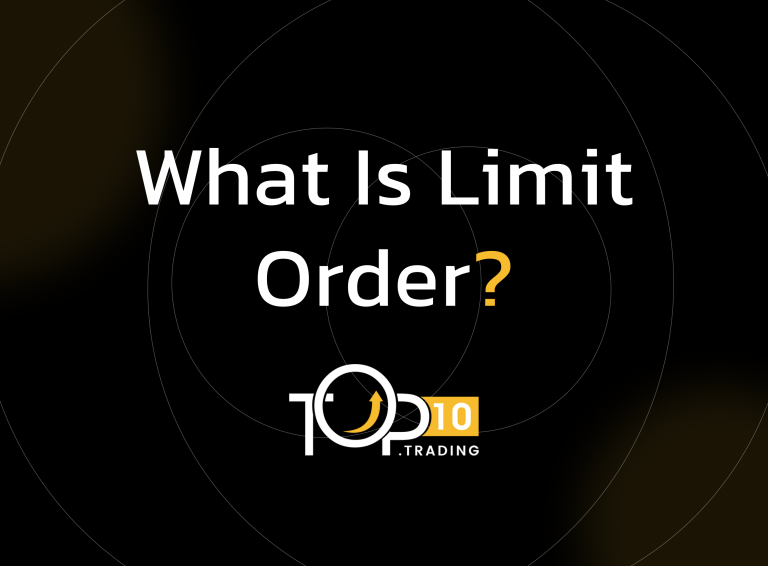Limit Order Definition

A limit order is a type of trade order that lets an investor specify the maximum price they’re willing to pay when buying or the minimum price they’re willing to accept when selling. Unlike market orders, which execute immediately at the current market price, limit orders are only filled if the asset reaches the trader’s set price. This gives traders greater control over execution prices but may result in delayed or unfilled orders.
Key Takeaways
- A limit order sets a specific price at which to buy or sell an asset.
- It provides control over trade entry or exit but does not guarantee execution.
- Commonly used to avoid unfavorable prices or enter trades at better levels.
- Works well in volatile markets or when aiming for precision.
- Can be set as either a buy limit or sell limit order.
How Limit Orders Work
Limit orders remain active until the market price reaches the specified limit or the order expires. For a buy limit, the order executes only if the asset’s price drops to the limit or lower. For a sell limit, the order triggers only if the price rises to the limit or higher.
These orders are often placed in advance, allowing traders to automate entries and exits. However, there’s no guarantee the order will be filled, especially in fast-moving or low-liquidity markets.
Examples of Limit Orders
- A trader places a buy limit order for EUR/USD at 1.0850. The order will only execute if the market price drops to that level or lower.
- An investor wants to sell Tesla stock but only if it reaches $800, so they place a sell limit order at that price.
- A trader sets a limit order to buy gold at $2,000 per ounce, waiting for a pullback.
Benefits of Limit Orders
- Price Control: Traders know exactly what price they'll pay or receive.
- Strategic Entry/Exit: Useful for buying dips or selling into strength.
- Avoids Slippage: Reduces risk of execution at unexpected prices.
- Good for Volatile Markets: Offers discipline and automation in fast conditions.
Costs and Limitations
- No Execution Guarantee: If the price doesn't reach the limit, the order won't be filled.
- Partial Fills Possible: Order might be filled in parts depending on liquidity.
- Opportunity Cost: Market may move away while the limit order remains unfilled.
- Requires Monitoring: Traders may need to adjust orders in changing markets.
Who Uses Limit Orders?
Limit orders are favored by traders who prioritize price precision over speed—such as swing traders, day traders, and investors managing large positions. They’re also essential tools for trading strategies that rely on technical analysis or specific support/resistance levels. By using limit orders, market participants can automate trades while maintaining control over execution pricing.
